Nestled beneath the majestic Benbulben Mountain in the quaint village of Drumcliffe, County Sligo, stands a symbol of Ireland’s rich ecclesiastical heritage and artistry: the Drumcliffe High Cross. This ancient sandstone cross, believed to date back to the 11th century, is not only a significant religious relic but also a masterful piece of medieval sculpture that draws visitors and scholars alike to its storied site.
Historical Context
The Drumcliffe High Cross is situated in a graveyard that is part of the remnants of a monastery founded by St. Colmcille in the 6th century. The site is significant in Irish history, containing not only this magnificent cross but also other relics like a round tower stump and the grave of the famed Irish poet, William Butler Yeats. The cross itself is believed to have been erected as a symbol of the monastery’s religious significance or possibly as a territorial marker within the ecclesiastical landscape of the time.
Architectural and Artistic Details
The cross stands at an impressive height of 3.83 meters and features intricate carvings that represent various biblical scenes and figures. The artistry is divided into different faces of the cross, each telling its own story through stone.
East Face:
The east face of the Drumcliffe High Cross is rich with iconography and biblical narratives. From bottom to top, one can observe:
- Adam and Eve under the Apple Tree: This depiction features Adam and Eve at the moment of temptation, with the serpent entwined in the tree between them.
- David and Goliath: Above the scene of the primal sin, the cross illustrates David triumphing over Goliath, symbolizing good overcoming evil.
- Daniel in the Lions’ Den: Further up, the prophet Daniel is shown safe among the lions, a testament to divine protection and faith.
- Judgment Day: At the top, the cross might represent the Last Judgment, a common theme meant to inspire piety and reflection among the faithful.
West Face:
The west face of the cross is equally elaborate, featuring:
- The Crucifixion: The central image on this face is that of Christ on the cross, a fundamental Christian symbol.
- Presentation of Christ in the Temple:
- This scene traditionally depicts the infant Jesus being presented by Mary and Joseph to Simeon and Anna, as described in the Gospel of Luke. However, due to the overlapping themes and styles in medieval carvings, it’s possible that another interpretation could see this scene as representing a different biblical presentation, such as that of John the Baptist by his parents, Zacharias and Elizabeth.
- The Mocking of Christ: Above the presentation, there is a depiction of Christ being mocked by his captors, a poignant reminder of his suffering and humanity.
South Side:
The south side of the shaft is adorned with ornamental carvings and figures:
- Virgin and Child: This is the only known representation of Mary and Jesus on an Irish High Cross, making it exceptionally significant. The depiction emphasizes the theological importance of Mary and the Christ child in medieval Christian thought.
Cultural and Artistic Significance
The carvings on the Drumcliffe High Cross are not only of religious importance but also artistic masterpieces of their time. The cross showcases the skill and creativity of its craftsmen, who managed to turn a simple sandstone pillar into a detailed narrative of faith and iconography. The inclusion of unusual animals and detailed human figures suggests influences from other cultures and artistic traditions, pointing to a period in Irish history when art and religion were deeply intertwined.
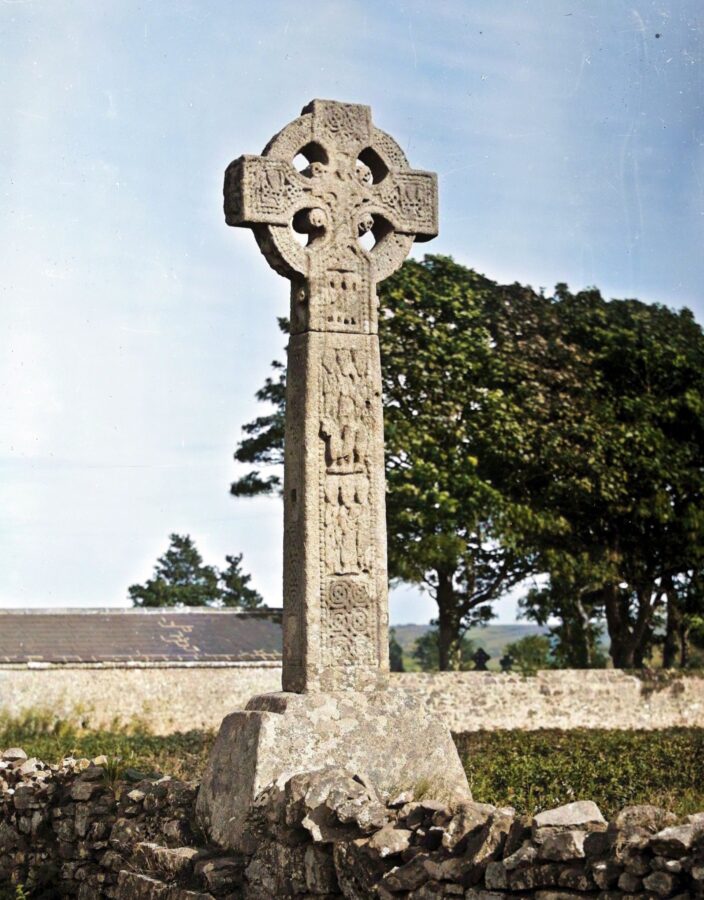


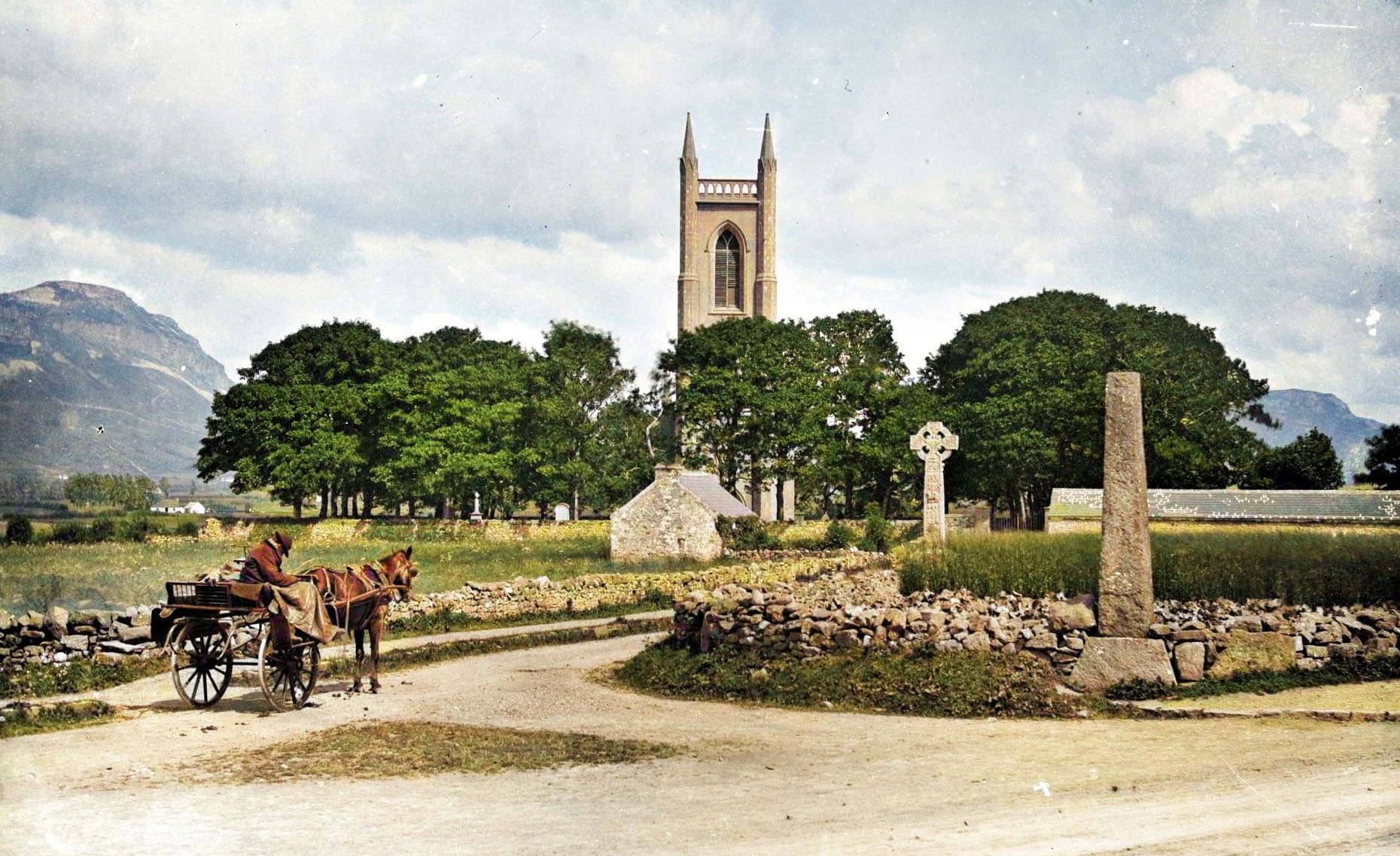
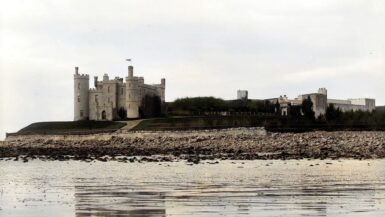
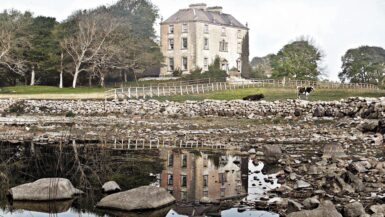
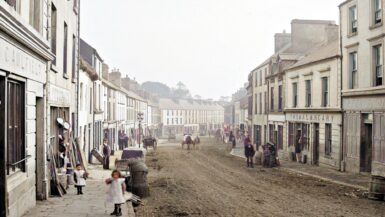
Leave a reply